
8 Abandoned Radar Stations That Were Once State-of-the-Art
By Kelsey Campbell-Dollaghan, Gizmodo, 16 September 2013.
By Kelsey Campbell-Dollaghan, Gizmodo, 16 September 2013.
Between the 1930s and 1970s, billions of dollars were spent to build early-warning systems - often in the most remote parts of the world. But by the late 1980s, most of these sites had been abruptly shuttered - made increasingly obsolete by the emergence of satellite communications. Yet the hulking shells, discs, and towers often still remain.
The following eight sites run the gamut of early-warning technology - which began with concrete mirrors that could concentrate the sound of a plane engine and ended with the ability to beam information into the lower layers of the atmosphere. Check them out below.
1. Acoustic Mirrors in Southern England
Image by peter pearson
Acoustic mirrors were the very first - and very crude - early-warning system, built years before the invention of radar. By focusing sound waves at the loci of a broad concrete sphere, a listener could discern the sound of distant plane engines. Most of them are scattered across the British coastline; they were built in the 1930s to detect German aircraft.
Before World War II had even ended, though, they were obsolete - aerospace technology had progressed to the point that even if the mirror detected a plane, it would already be too close to take any action.
2. SCR-270 Radar in the United States
The product of nearly two decades of work by the US Signal Corps, the SCR-270 was the first radar detection system ever used by the Army. It took a team of nine to operate, and was only good up to 150 miles - more than enough to detect a Japanese plane on the morning of Pearl Harbour, though the warning went unnoticed.
3. Pave Paws in Cape Cod, California, and Alaska
Image by by Vurnman
The PAVE PAWS - aka Precision Acquisition Vehicle Entry Phased Array Warning System - were built by the United States Air Force in the late 1970s to track missiles. What made it unique was its "phased array," in which the antenna is stationary while a distinctive sloped face - composed of thousands of individual mechanisms - is constantly readjusted to focus the radar beam in a specific direction.
Though PAVE PAWS were originally built to detect missiles, today they're also used to track satellites and space trash that could potentially harm spacecraft. Most are now decommissioned, although there are three still in use - on Cape Cod, at Beale Air Force Base in California, and at Clear Air Force Base in Alaska.
4. RAF Stenigot, Lincolnshire, England
Image by Underclassrising
After the invention of radar in the late 1930s, the UK built a string of early-detection systems along its coastline. A major hub in this "Chain Home" was the RAF Stenigot, in Lincolnshire. In the 1950s, the station was updated with tropospheric scatter dishes, which allowed the army to transit and receive microwave signals by beaming them through the troposphere - the lowest level of the Earth's atmosphere. They were eventually decommissioned in the 1980s, and today the abandoned dishes are used for everything from climbing to skateboarding.
5. Duga-3 (western) Transmitter in Chernobyl
Images via Todo Interesante
For most of the Cold War, the Duga-3 was known only as the "Russian Woodpecker" to the rest of the world. It made itself known as an odd knocking noise, heard on radio transmissions all over the world, about which conspiracy theories about its origins abounded (one theory: Soviet mind control). But the source was eventually revealed to be symptomatic of the Soviet early-warning network based near Chernobyl, designed to detect the launch of a rocket 1,500 miles away.
6. Teufelsberg in Berlin
Just outside of Berlin stands the Teufelsberg - or Devil's Mountain - an artificial hill made of millions of pounds of rubble from wartime Berlin (at the very bottom lies Albert Speer's unfinished technical college). After the war ended, the National Security Agency built a series of buildings and geodesic radar domes atop the 280-foot high hill, in order to monitor Soviet activity. It was decommissioned after the Berlin Wall fell, though the ruins still stand today.
7. White Alice Communications System in Arctic North America
Image by christen bouffard
Thanks to the Distant Early Warning System (or DEW), which scattered 58 different early detection systems across northern Canada, it became necessary to develop a reliable way to communicate with each site. This was White Alice, a communications network that used tropospheric scatter and microwave relay to link the far north.
8. DYE-2 in Greenland
Image by Sargent246
DYE-2 is one of nearly 60 radar sites set up during the Cold War as part of an early-warning detection system that stretched across the far north of Canada. Build in cooperation between the US and Canada, the project was a hugely expensive undertaking, and DYE-2 was one of its most vital links. It was abandoned in the late 1980s when satellites made its 200-foot-tall radar domes obsolete, but the structures are still standing - according to recent visitors, snow drifts fill most of the rooms now. [Video]

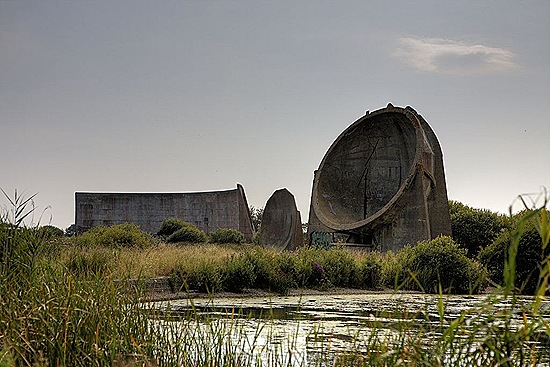
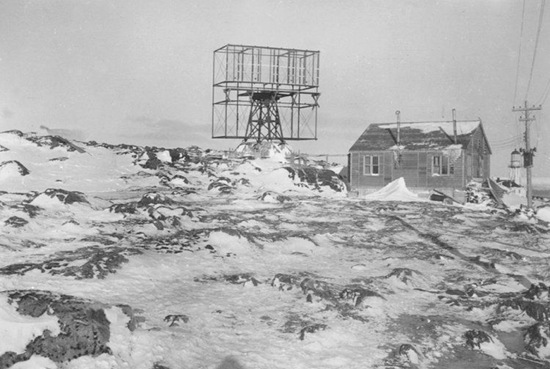
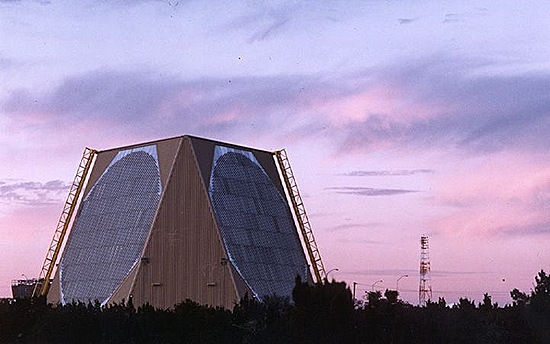

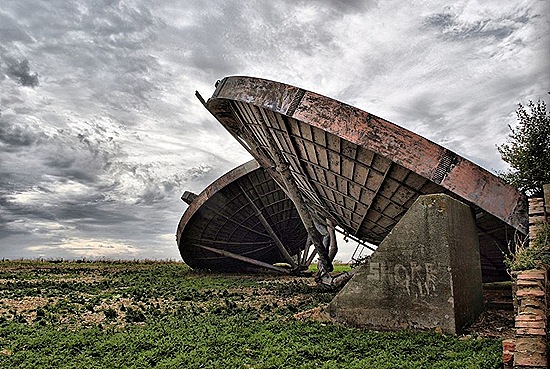



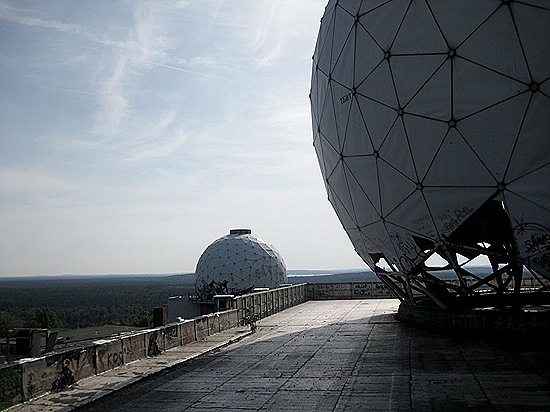

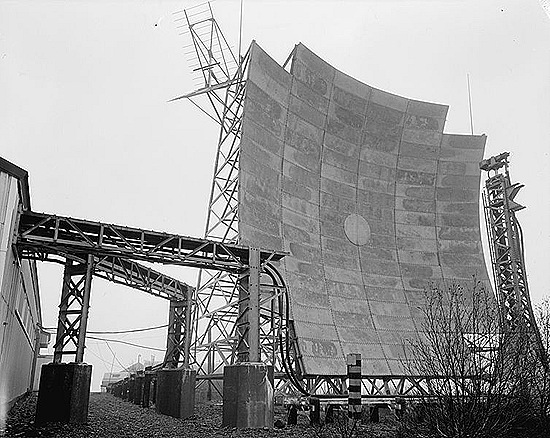
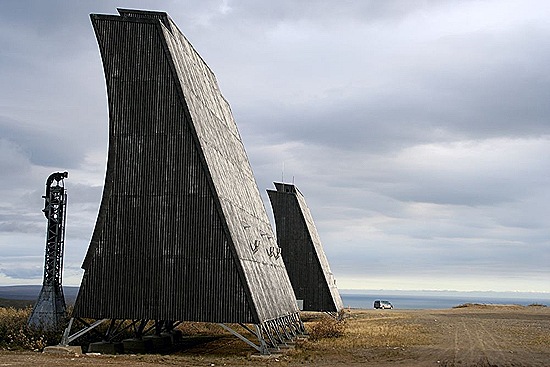
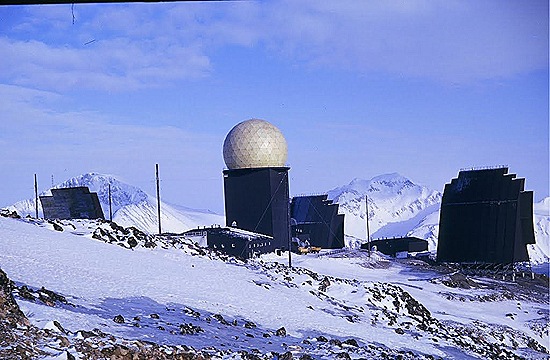
No comments:
Post a Comment
Please adhere to proper blog etiquette when posting your comments. This blog owner will exercise his absolution discretion in allowing or rejecting any comments that are deemed seditious, defamatory, libelous, racist, vulgar, insulting, and other remarks that exhibit similar characteristics. If you insist on using anonymous comments, please write your name or other IDs at the end of your message.